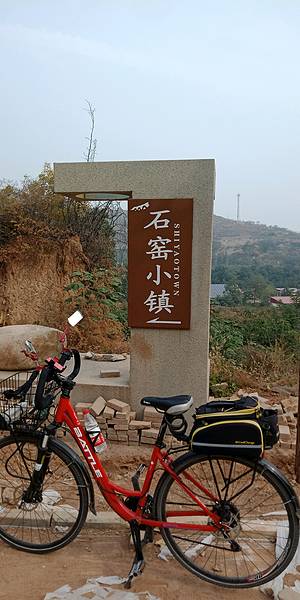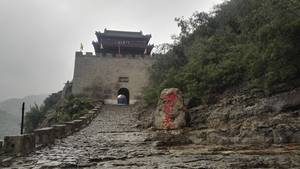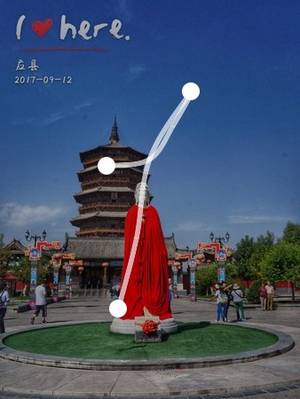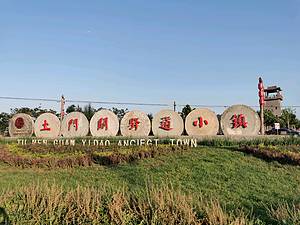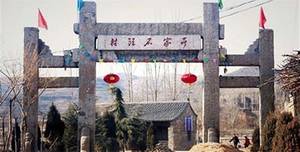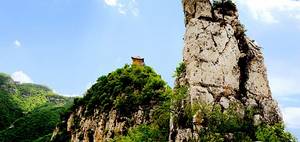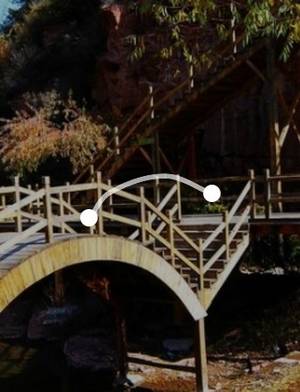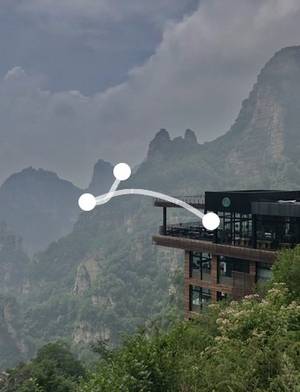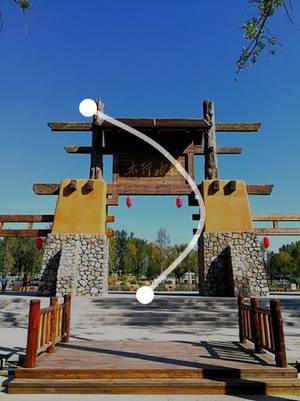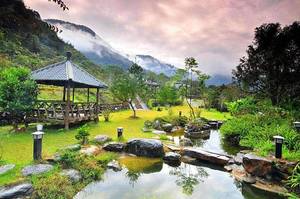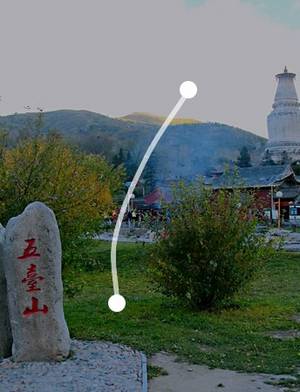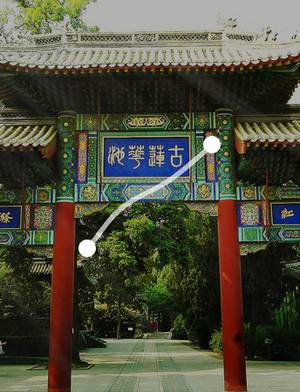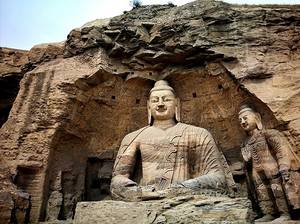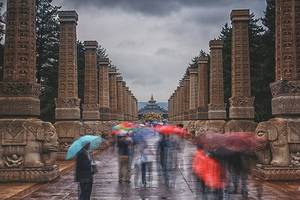Mount Wutai, A spiritual sanctuary with breathtaking natural beauty
Yangbaiyu Village, Taihuai Town, Wutai County, Xinzhou City, Shanxi Province
5
Introduction

Address Yangbaiyu Village, Taihuai Town, Wutai County, Xinzhou City, Shanxi Province
Opening hours All day (All year round, Monday-Sunday from January 1st to December 31st).
Transportation "Transportation to the Scenic Area:
Bus: Take the Taiyuan-Wutaishan bus from Taiyuan East Bus Station;
Train: There are trains from Taiyuan Station to Wutaishan, with Wutaishan Station located in Shahe Town, Fanzhi County, about 54 kilometers from Wutaishan Scenic Area. There are buses to Taihuai Town in front of the train station.
Internal Transportation in the Scenic Area:
Eco-car: The eco-car in Wutaishan Scenic Area travels between various attractions and hotels. It must be purchased regardless of whether or not you ride it, and it can be ridden multiple times;
Climbing Car: Climbing to the top of Wutaishan requires taking the climbing car from Dailuoding.
Private cars are allowed to enter the scenic area."
 Wutai Mountain, as the first of the four sacred mountains in Chinese Buddhism
Wutai Mountain, as the first of the four sacred mountains in Chinese Buddhism
